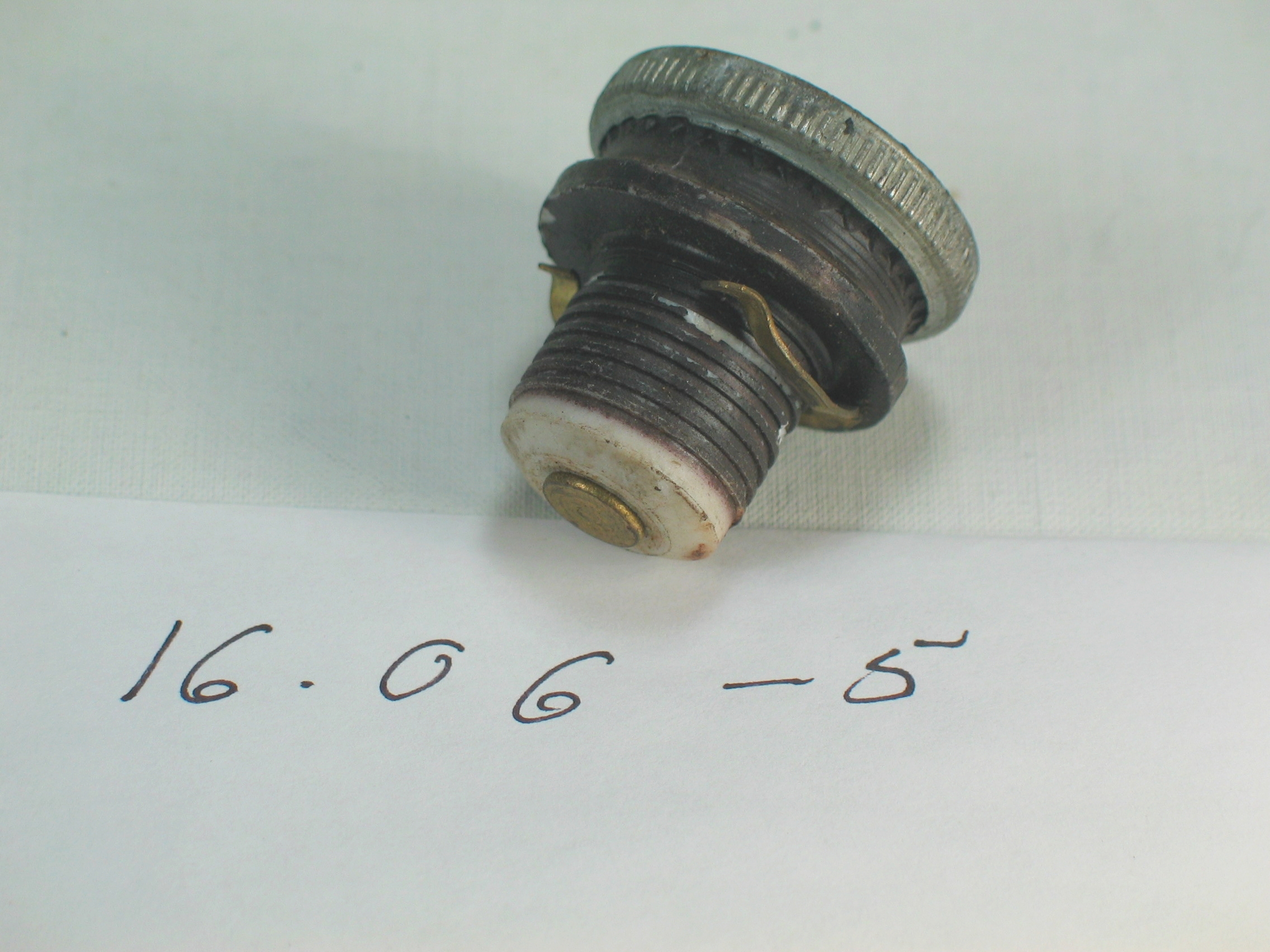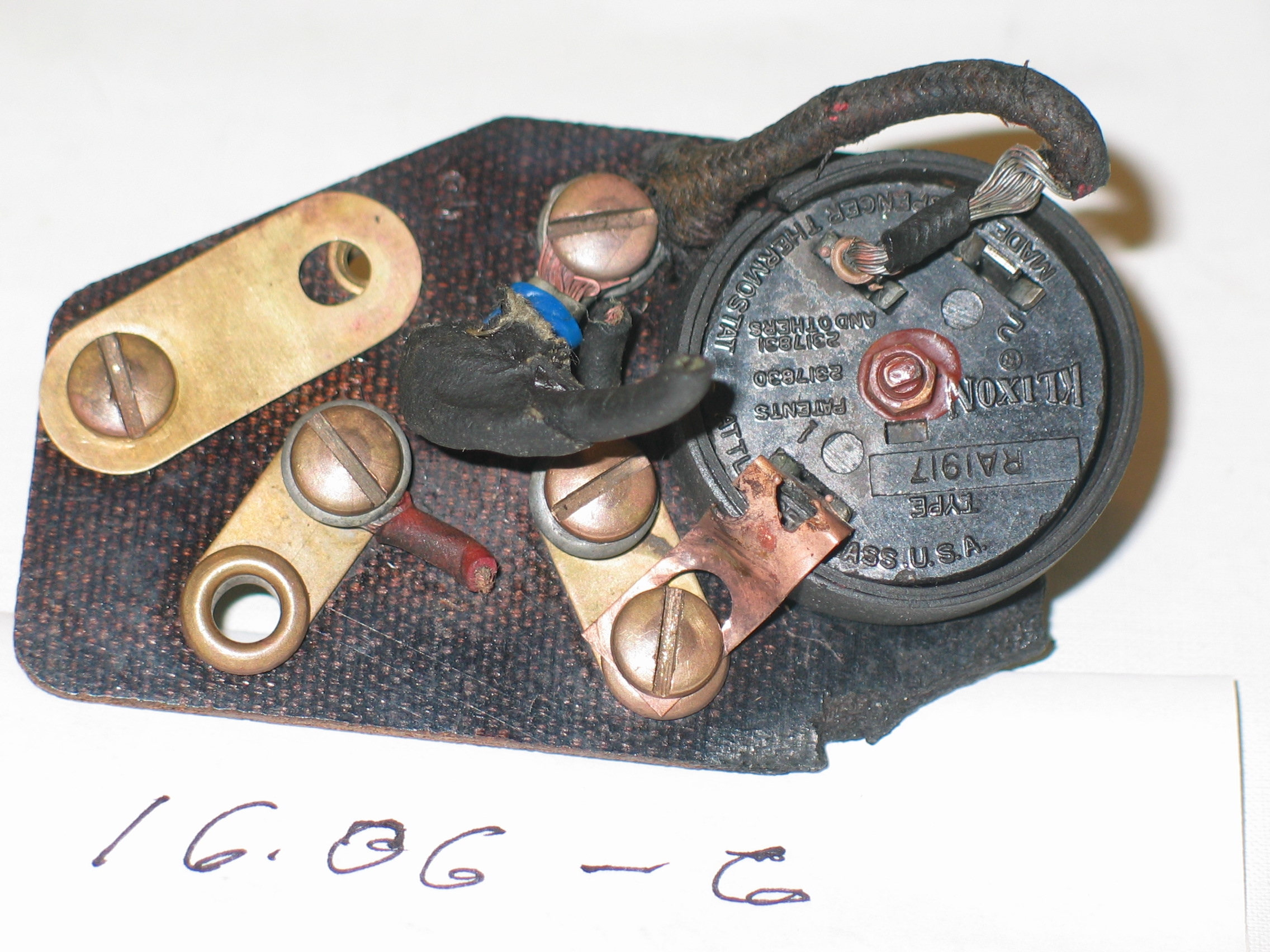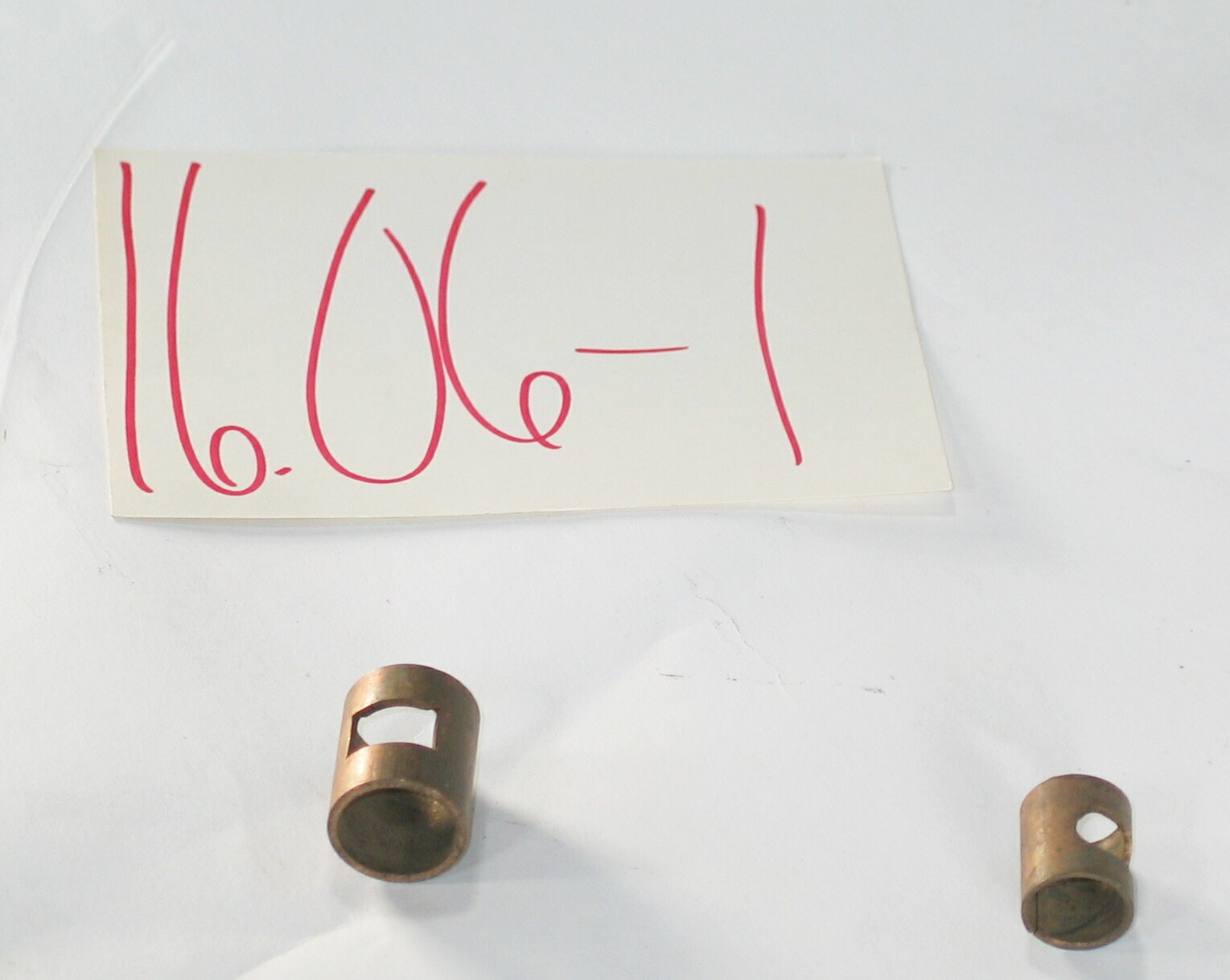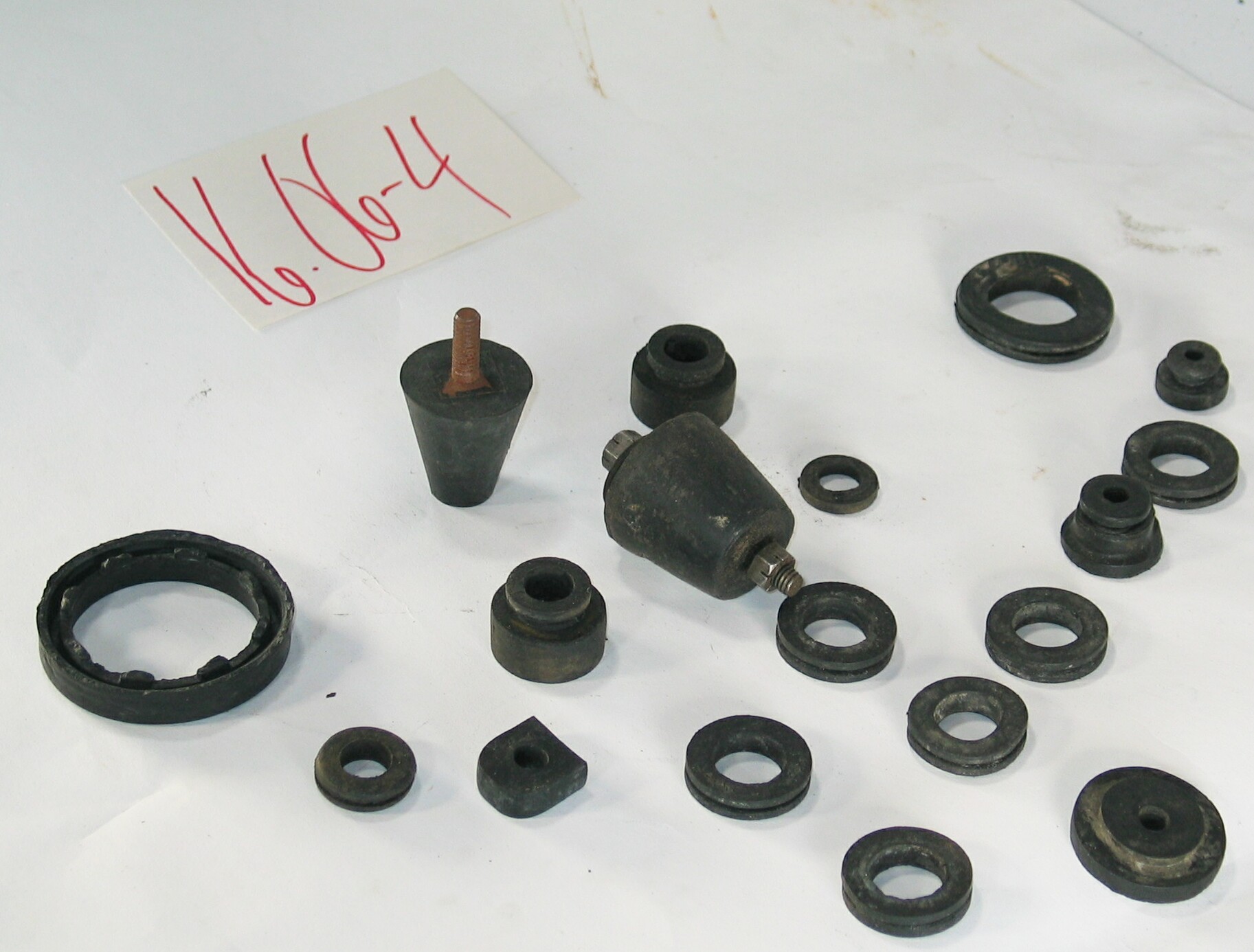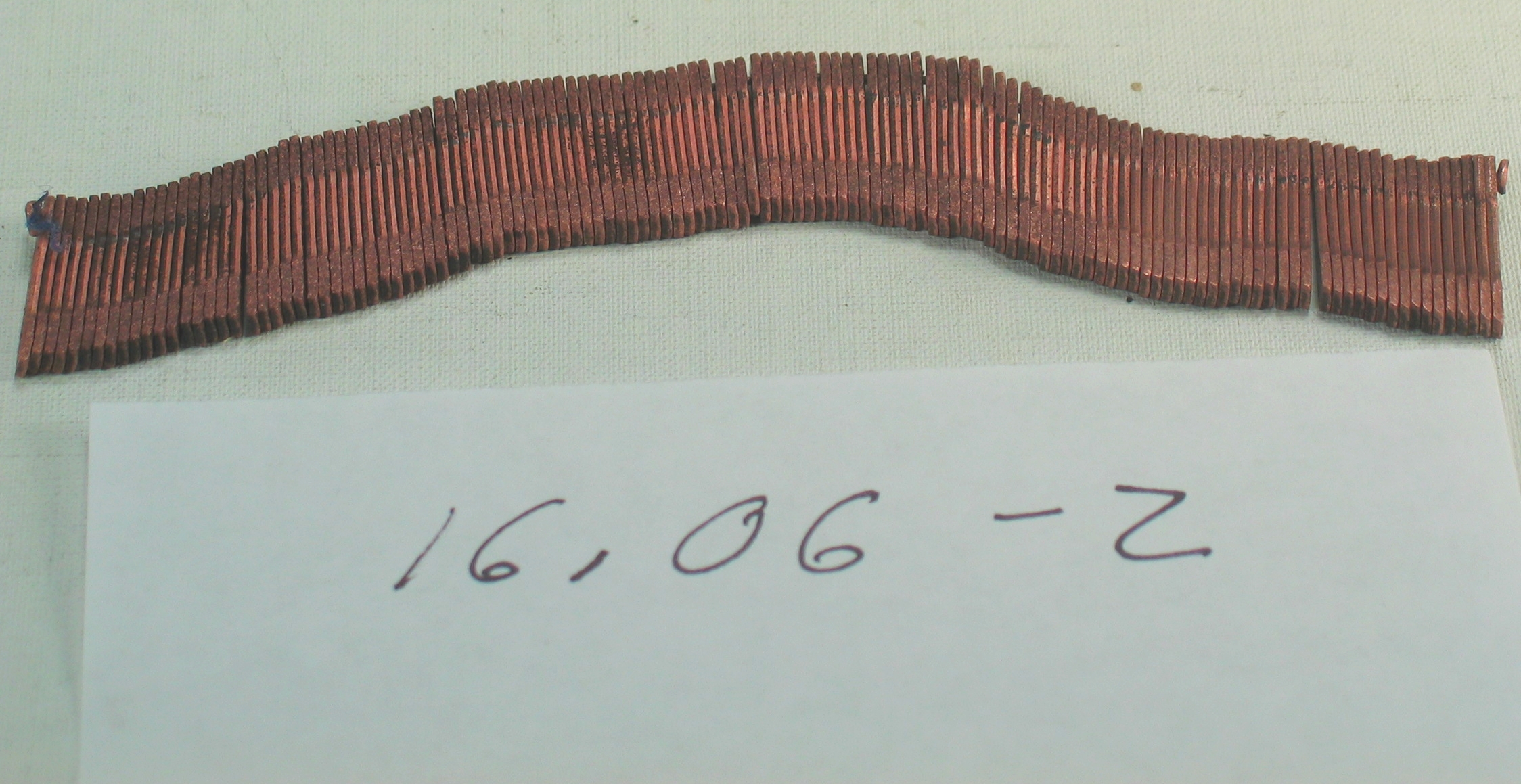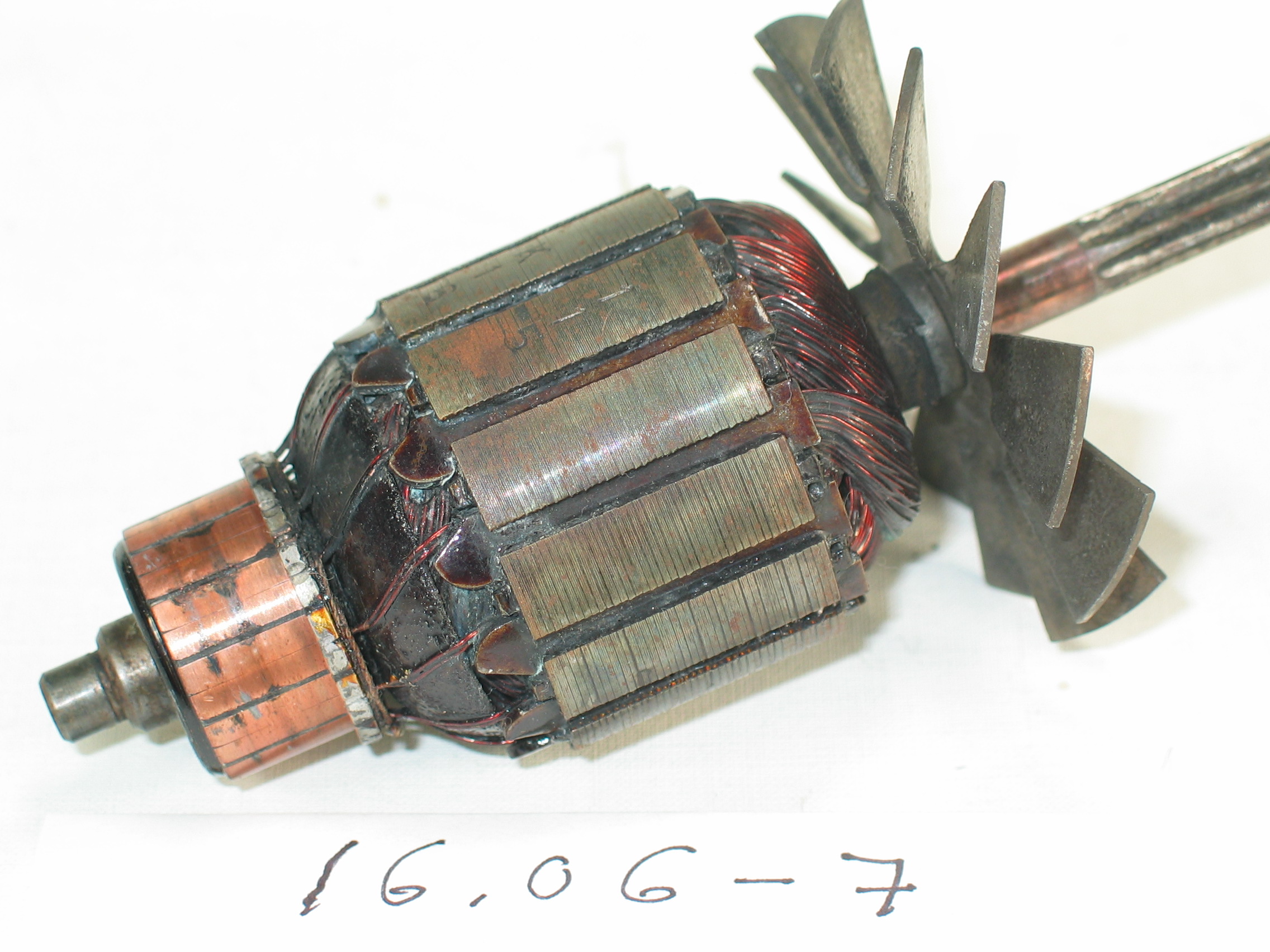16.06-3: Leland 1948 Brush Lifter (Carton Only)
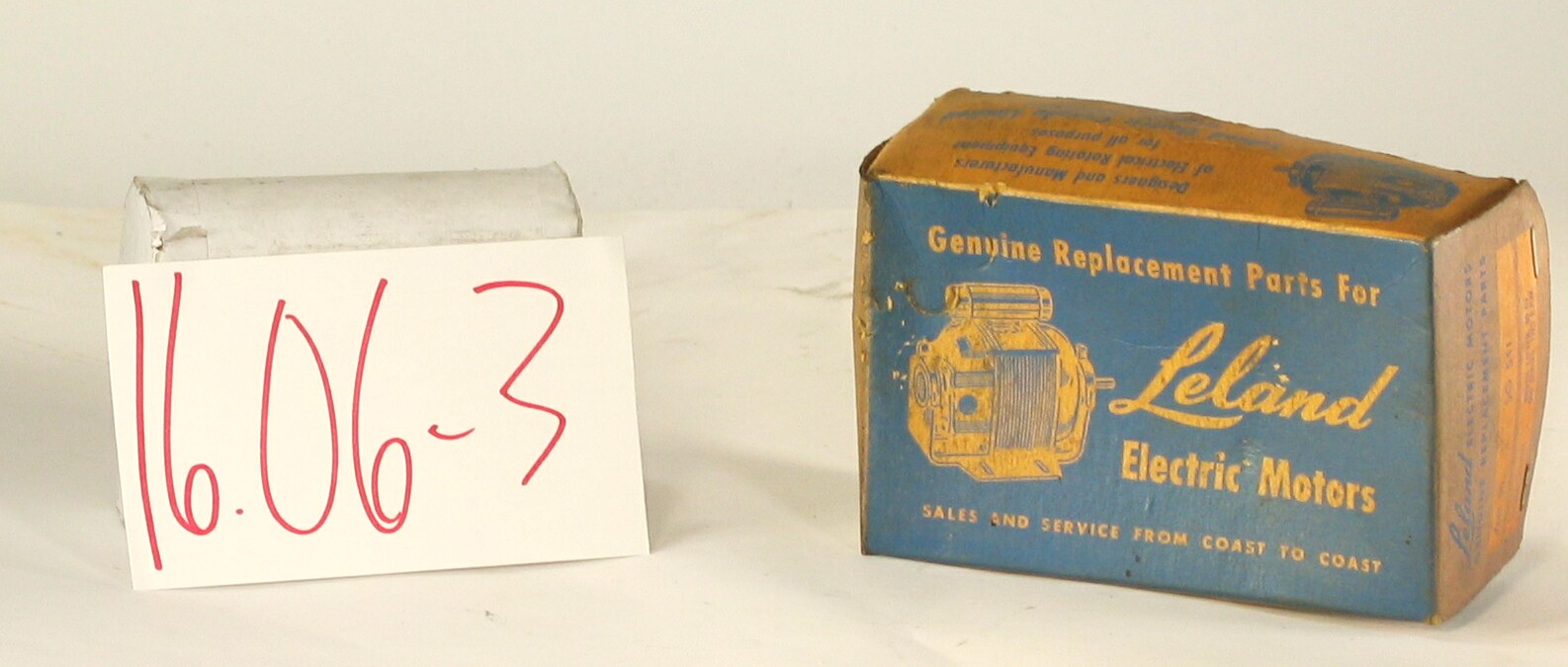
| HHCC Accession No. 2006.204 | HHCC Classification Code: 16.06-3 |
|---|
Description:
A Canadian made, mid 20th century, classic Leland Electric brush lifter, carton only, for repulsion induction, single phase motor. A stencilled carton with graphics in blue and yellow, it would be representative of the newly emerging field of industrial graphic design of the times. As well as it would be a marker of the ever increasing importance of the ‘technology after-market’, supplying Canadian consumers of the new popular technologies invading their homes [post WWII electric and electronic appliances] with the replacement parts needed to help ensure satisfaction, Leland, Circa 1948 [See ID# 308, item 16.01-14]
Group:
16.06 Electric Motors - Components and Parts
Make:
Leland
Manufacturer:
Leland Electric, Canada Limited, Guelph Ont.
Model:
Part No. SG 541
Serial No.:
Size:
6’ x 4’x 2’
Weight:
2 0zs.
Circa:
1948
Rating:
Exhibit, education, and research quality, illustrating industrial graphics used by manufactures of the mid 20th century, in order to promote the aftermarket for genuine, original equipment manufacturers replacement parts
Patent Date/Number:
Provenance:
From York County (York Region) Ontario, once rich agricultural hinterlands, attracting early settlement in the last years of the 18th century. Located on the north slopes of the Oak Ridges Moraine, within 20 miles of Toronto, the County would also attract early ex-urban development, to be come a wealthy market place for the emerging household and consumer technologies of the early and mid 20th century.
This artifact was discovered in the 1950’s in the used stock of T. H. Oliver, Refrigeration and Electric Sales and Service, Aurora, Ontario, an early worker in the field of agricultural, industrial and consumer technology.
Type and Design:
Heavy card Two part construction, top and bottom Box folded and stapled Decorated in blue against a yellow ground
Construction:
Material:
Special Features:
Accessories:
Capacities:
Performance Characteristics:
Operation:
Control and Regulation:
Targeted Market Segment:
Consumer Acceptance:
Merchandising:
Market Price:
Technological Significance:
Stencilled carton with imagery [Leland motor] and company logo, in blue and yellow, is representative of industrial graphic design of the times. The stylish boxing is representative, too, of the increasing importance of the Canadian technology aftermarket. The marketing of clearly identified, genuine, original manufactures parts would become good business. Following WWII and the explosion of new technology products flooding into the Canadian home [in the form of electric and electronic appliances] consumers would welcome a reliable source of replacement parts and service needed to ensure reliable, sustainable, equipment performance. For their part, manufacturers and suppliers to the technology market place would soon learn that, stylish packaging of replacement parts would encourage corporate loyalty, the key to future sales.
Industrial Significance:
Moving electro motive equipment into the Canadian home brought with it many engineering challenges, not the least of which was the matter of maintenance. So long as motive equipment remained in an industrial setting the likelihood was that there would be experienced operating engineers who were trained to keep the equipment running smoothly. This was no longer a reasonable working assumption for electric motors and appliances in the home. As a consequence a new technical, service elite of largely independent entrepreneurs was born. The service tradesman of the 1920 through 50’s [largely self taught, pouring over manufacturers manuals, often with scant details] would develop the skills and knowledge, as well as the test and repair facilities need to keep the electro-mechanical and electronic wonders of the times operating smoothly ‘ see test and repair equipment of the period, series 16.07.
Socio-economic Significance:
Socio-cultural Significance:
Moving the ‘engines of industry’ in the home and places of business started with the ear-splitting noise of the internal combustion engine. By the 1920’s the principle cultural images in North America were said to be those of the engine and the mechanization that ensued. The engine had, in fact, become, in the dominant popular view, the ‘engine of progress’. It was seen everywhere, on the farm, in industry, in the shop, on the road and then, in a manner once thought not possible, in the home. A standard Canadian engineering text reported in 1946 that: ‘Ceaseless change is the keynote of the machine age and society’.Machine civilization ‘.differs from others in that it is dynamic, containing within itself the seeds of constant reconstruction’’ The authors go on to note: ‘But machine civilization based on technology, science, invention, and expanding markets must of necessity change ‘ and rapidly. The order of steam is hardly established before electricity invades it; electricity hardly gains a fair start before the internal combustion engine overtakes it.’ See reference 11 Not-with-standing a major depression and two world wars the first half of the 20th century was a period of exceptional ferment in the development and popular dissemination of FHP electric motor technology. Associated with the development were a number of driving forces, mutually supporting and interacting: Scientifically, the theoretical ground work for development of an astonishing array of electrical and electro-magnet devices had been laid by the early years of the 20th century, through the efforts of Faraday and Steinnmetz, among many others, Technologically, the work of Thomas Edison, among others, laid the foundation stones on which urban and rural electrification would proceed, enabling an new era in human experience, favoured with consumer goods and services, previously unimagined,
Economically, a favourable climate for capital investment in manufacturing capacity, methods and materials emerged, part of North America’s second industrial revolution, Socially and culturally the consumer society was born, nurtured by a pent up demand for an easier, more comfortable, pleasurable lifestyle, and the sense that 20th century electrical and electro-motive technology might be able to help. The FHP electric motor, engineered for 110 volt, single-phase house current, revolutionized life in the Canadian home. It enabled an astonishing list of appliances and labour saving devices. The revolution would take place in an astonishingly short period of time - for much of urban Canada much less than a decade. The electro-mechanical mechanization of the Canadian home was accomplished for much of urban Canada by the late 1930’s. But the early 20th century wonders of household mechanization would be dependent, in turn, on household ‘electrification’ Between them electrification and electro-mechanical mechanization changed everything. Almost over night it altered what Canadians do in the course of their day, how they live and their expectations of what their world had in store for them - in labour saving devices, devices of convenience, health and safety. The fractional horsepower electric motor [FHP] became an ubiquitous part of the Canadian household by the mid 1930’s. Cyril Veinott reported, December 1938:
‘Practically every electrified home today makes use of one or more fractional horsepower motors. This kind of motor may be used in a washing machine, refrigerator, vacuum cleaner, clock, oil burner, hair drier, room heater, sewing machine, razor, health machine, fan, air conditioner, stoker, ironed, floor waxer, or food mixer. In industrial use, the number of useful tasks performed by fractional horsepower motors is legion. In the United States alone, the value of fractional horsepower motors sold amounts to approximately $50,000,000 annually.’ See reference #1
Similarly, more than half a decade earlier Daniel Braymer had commented on the proliferation of this mind and life changing technology for home electro-mechanization. He observed that what had made it all possible was the invention of single phase alternating current motor, in a number of subtypes, small quiet, self starting, reliable and affordable motors for the home, motors which were compatible with the rapid standardization of single phase, alternating current, electrical distribution systems then spreading across north America. See reference #2 Among the types of single phase alternating current motors which quickly populated the Canadian home were: repulsion induction [see Group 16.01] for heavy duty, high starting torque applications such as refrigeration appliances; capacitor start [see Group 16.02] for advanced high torque applications, requiring quiet operation; split Phase [see Group 16.04] for light duty low starting torque applications; and shaded pole [see Group 16.04] designs for small devices such electric fans.
Donor:
G. Leslie Oliver, The T. H. Oliver HVACR Collection
HHCC Storage Location:
Tracking:
Bibliographic References:
‘Fractional Horsepower Electric Motors’, Cyril Veinott, McGraw Hill New York, 1948 ‘Rewinding Small Motors’, Daniel Braymer and C.C. Roe, McGraw Hill, 1932 ‘A course in Electrical Engineering, Volume II, Alternating Current’, Chester Dawes, McGraw Hill, 1934, Starting single Phase Induction Motors, P. 362. ‘The Fractional Horsepower Motor and its Impact on Canadian Society and Culture’, G. Leslie Oliver, Material History Review, Vol. 43, Journal National Museum of Science and Technology, 1996.
